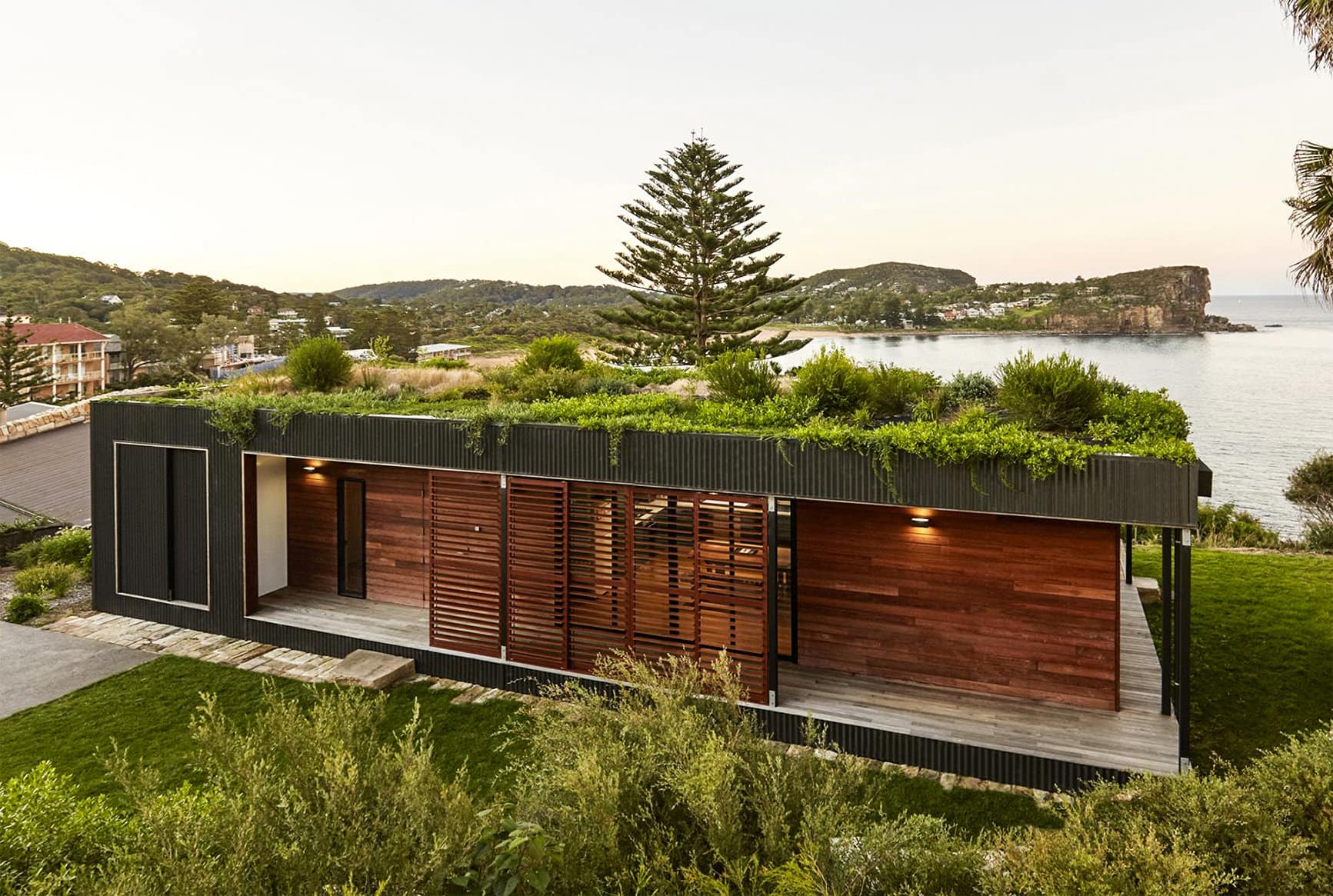Back in 1986, the fast-food giant McDonald’s opened a new outlet close to the Spanish Steps in Rome.
To say that McDonald’s got pushback from the citizens of that city (and Italy in general) would be a vast understatement.
Within months, Carlo Petrini had founded Arcigola, an organization to oppose this fast-food, industrial food production overture.
In a few short years, the central tenets of Arcigola had spread far beyond Italy and in 1989, delegates from 15 countries met in Paris to sign the founding manifesto of the Slow Food movement.
Promoting food quality rather than quantity, it supports the preservation of traditional cuisine based on regional and sustainable food production by small farms and businesses.
Today, Slow Food operates in 150 countries around the world, has founded a university of gastronomic science, supports seed banks preserving heirloom varieties, and encourages public education in the benefits of organic and sustainable food production, among many other endeavours.
Further, the central ideology has spread into various aspects of culture and lifestyle to become known as the “slow movement,” which has influenced education, entertainment, medicine, travel, cities and architecture.
Now, let’s put a little definition around the word “slow” in this context because it doesn’t mean what you might think.
Among adherents to this movement, “slow” refers to a deliberate, measured approach to living driven by thought and understanding rather than a frenetic, single-minded one path drive toward completion.
Interestingly, this mindful approach can be much more productive, yielding additional side benefits, over a defined period of time.
So, what’s slow architecture?
In a recent article published in Dwell magazine, ml Robles of Studio Point Architecture + Research in Colorado suggests it partially evolved out of a reaction to the commoditized housing produced by the development model.
“So much of what’s happened in the last 30 to 40 years was about consumption. What’s happened is that architecture has become a commodity,” he states.
“So you’ve got, sort of built in, this turnaround — anything that’s a style is going to be out of style … and that’s why we have the crazy environments that we have, and most people are so dissatisfied with their built environments.”
“It’s because they have been designed for a little tiny space in time, with little regard for the past, or really, a long-term future. They’ve been designed for the moment.”
“Slow architecture, I think,” says Roble, “was a pushback to architecture that was about a trend, a pushback to architecture or urban development that was about erasure, and it was a pushback to the commodification of interior finishes and furniture.”
Not surprisingly, slow architecture strives to design spaces that support a measured lifestyle of the occupants that encourages both thought and understanding by carefully considering the needs of the client and other occupants while enfolding the ecosystem in which the building sits.
In other words, spaces in which one can responsibly live their best life.
The objective is to create a long-lasting structure, made of durable, local, sustainable materials, that will integrate into its surroundings (whether natural or built) and age in context with the site.
It is not uncommon for an architect of this movement to engage in careful research of historical and vernacular precedents to inform the development of culturally relevant and long-lasting architecture.
Both the architect and the client are required to consider the long term, understand the history of the property, embrace local culture and to massage the construction process in order to produce a thoughtful, meaningful and contextually responsible finished design.
As a part of the sustainability ethos, slow architecture encourages, where possible, the adaptive reuse of existing buildings. Not only are locally sourced and available materials used, but the appropriate inclusion of old, previously used materials (brick, stone, wood, trim, panelling and other elements) is highly encouraged.
As an aside, this reclaim and reuse of materials previously installed in another building has a long history in Niagara-on-the-Lake.
In fact, I suggest the majority of NOTL’s historic houses contain a mantel or panelling or trim (and the list could go on for some length) came out of another 19th-century home.
Of particular note, is the design process followed by “slow” architects starts with the design of spaces before that of form. To paraphrase Louis Sullivan’s famous “form follows function” directive we could say, “form follows lifestyle.”
Which is the direct antithesis of the common practice employed by the last 75 years of suburban development wherein one starts with the design of the “box” (form) and then followed by the layout of the spaces.
As Robles says, “Designed for the moment.”
Slow architecture is about creating a building that will serve the individual, the community and the environment permanently – which celebrates craft and local tradition. Something truly great architects have always been doing.
Brian Marshall is a NOTL realtor, author and expert consultant on architectural design, restoration and heritage.










